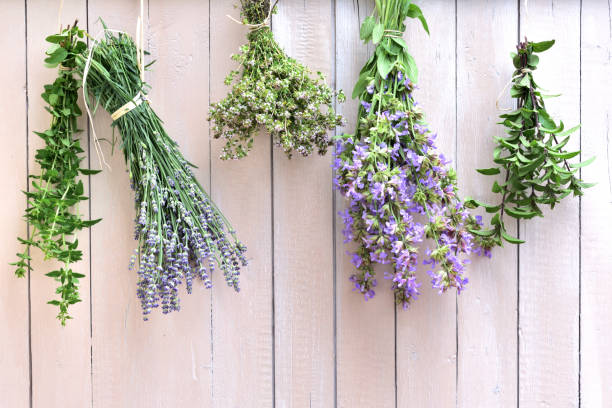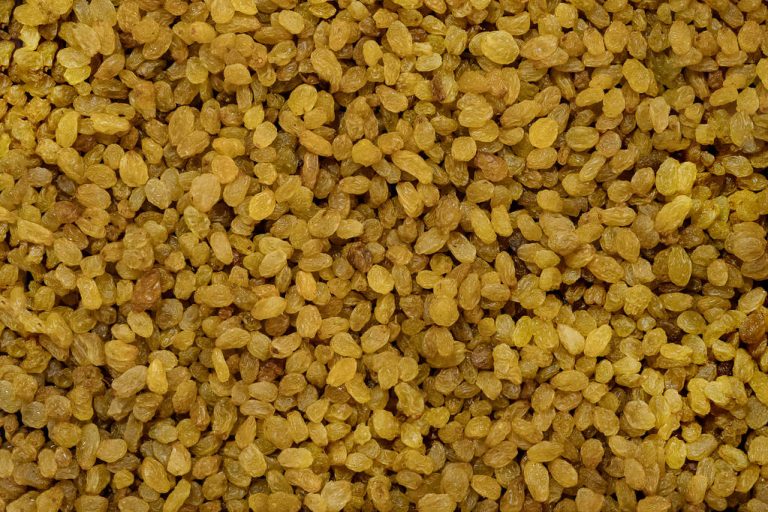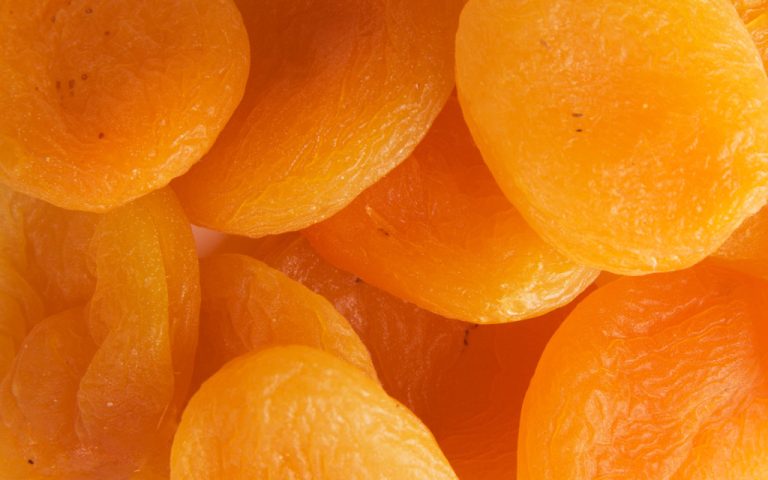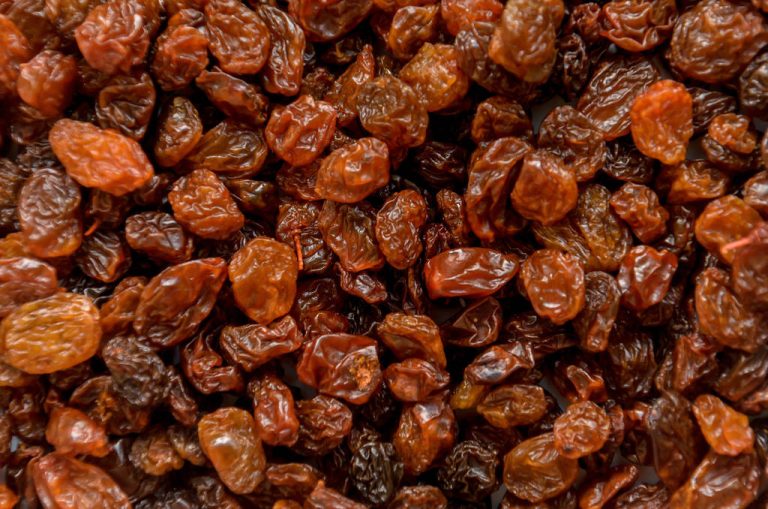Simply dry flowers and press dried flowers. Whether drying flowers in a book, with hairspray, or in the oven. Press flowers for children or dry flowers yourself. Dried flowers as a decoration or a dried bouquet. Make it yourself cheaply instead of having to order dried flowers online.
It’s a pity when beautiful flowers quickly wither. To make flowers last longer, flowers can be dried and then pressed. Because pressed blossoms or dried flowers can be used as decoration in the picture frame. Or give away a bouquet of dried flowers. It’s more fun to get creative. And even children can press flowers and have fun making crafts with dried flowers.
Which flowers dry best?
In principle, almost all types are suitable. The helichrysum is the most popular flower for drying. Marigolds, daisies, daisies, poppies, lavender, violets, and pansies are also suitable. Knapweed, hydrangea, heather, tickseed, larkspur, whorl-leaved, and dead-nettle are also often dried. Roses and gypsophila are particularly popular as gifts in picture frames. But many herbs are also suitable. Here you will find instructions and tips for drying herbs. Consequently, we show you different ways to dry your flowers and preserve their color.

1) Drying the flowers with hairspray
After picking, you should first let the flowers dry. Especially when the flowers are still damp from rain or dew. You can simply let the wet flowers dry on absorbent kitchen paper or blotting paper or dab them off. Only when the flowers are no longer damp can you dry your flowers. Check the flowers for insects, unsightly or wilted spots, and remove them. You should only use blossomed, beautiful, good-quality flowers for drying. Then tie them together with a wide ribbon or raffia to form a bouquet.
Now hang your bouquet in a well-ventilated, dark place. The attic or basement is best suited for this. It is important that the air circulates well so that the flowers can dry and that the room is dark so that they do not fade. Then you spray your bouquet with hairspray and make sure that the ribbon does not cut into the stem for the next 2-4 weeks. The flowers are ready when they are dry and crackle. If you want to dry flowers for eating or decorating cakes, see Edible Flowers and Dried Edible Flowers.
2) Preserved the color of the flowers
In order to preserve the color of your flowers, you should not expose them to direct sunlight. In order to be able to dry your flowers, you should only use dark places such as basements, attics, or pantries. Even if your flowers have already dried, you should not put dried flowers in direct sunlight. Light fades the color of the flowers. Incidentally, the same can also apply to dark laundry. You can find out how to avoid laundry fading under 6 common laundry mistakes.
3) press flowers in the book
For pressing in the book you need heavy books, if necessary heavy objects to weigh them down, tweezers and kitchen paper or blotting paper. Then you put a kitchen paper or a piece of blotting paper on both the book page and the flower. Next, carefully close the book. You should also weigh downlight books with objects. When a day has passed, you change your damp kitchen towel. After 3-4 days you change again. In about a week your flowers will be pressed.
When you move your flower, you’d better use tweezers so you don’t break them. If you want to dry delicate flowers, there is a risk that the petals will become brittle when pressed. You can easily prevent this by taking a small brush and dabbing it in a little cooking oil. You then carefully brush the delicate, small flowers with it. Then place baking paper in front of and behind the blossom to avoid oiling the pages of the book or the objects.
4) Press flowers with the iron
Flowers can be pressed particularly quickly with an iron. To do this, place the flowers between two pieces of paper or newspaper on an ironing board. Then you put a heavy book over it and press it flat for a moment to be able to iron it better. Check that the iron has no more water because it must not get wet when you press them. Set the iron to the lowest level and press directly on the flowers for 10-15 seconds. Then, after waiting for the paper to cool down, run the iron directly over the flowers a second time.

5) Salt and silica gel for drying
The color of the flowers can be preserved particularly well with dry salt or silica gel. Getting dried flowers with dry salt is very easy: you need sealable containers that you fill with some salt. Then you put the flowers in the container with the petals down and cover them with the drying salt. After about a week the flowers have dried. Silica gel or silica gel can also be used instead of dry salt. Silica gel achieves good results even within 3 days and can be reused.














